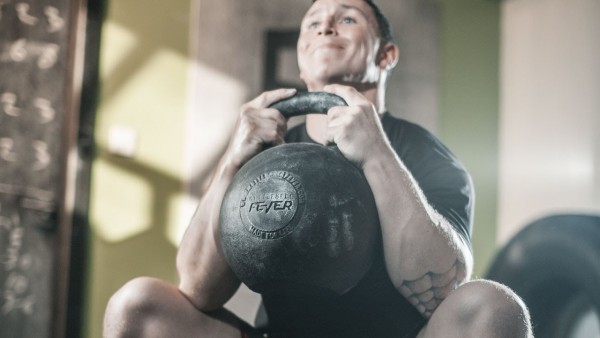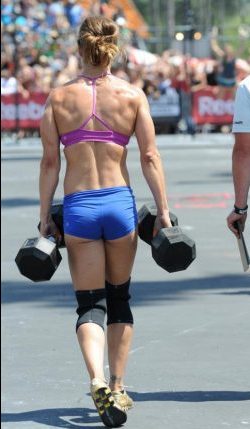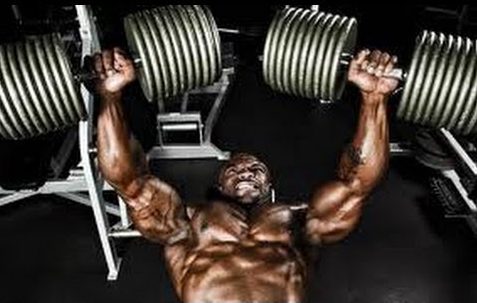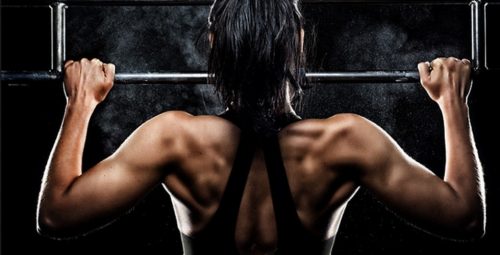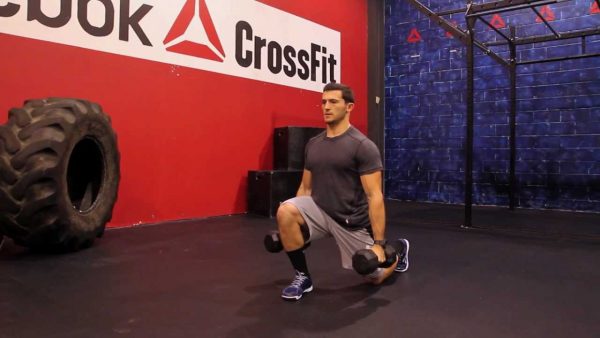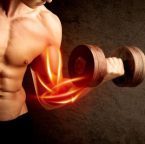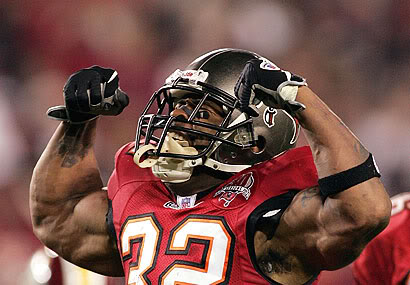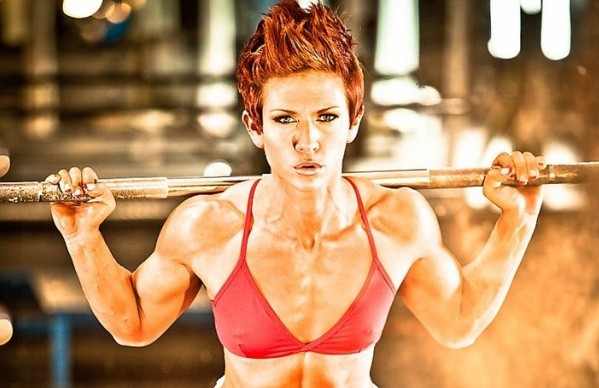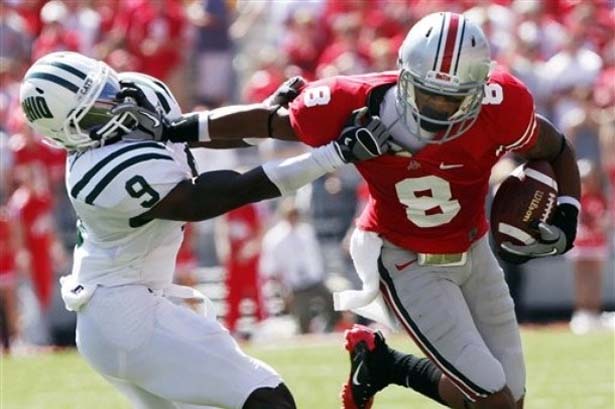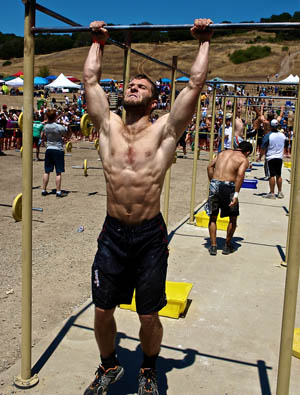You may not know it, but strength training is the foundation of all great athletes. No matter the discipline, whether you’re a bodybuilder, a marathon runner, weightlifter or a professional athlete, you can always benefit from a routine that builds up body strength.
You won’t need to dedicate a whole week just to see improvements- just twice-a-week sessions that last anywhere between 30 to 45 minutes should suffice. If you really want to see explosive results, then I recommend putting in more time so you can pack in some serious muscles and burn unwanted body fat.
You may wonder, ‘why is strength training important?’ It’s simple, really- strength training is the quickest route to building muscle, and everyone knows that we need to keep up our muscle function no matter your age. For those who are 60 and above, maintaining peak muscle performance is all the more crucial as it’s linked to physical conditioning, metabolic rate and lower risk of injury.
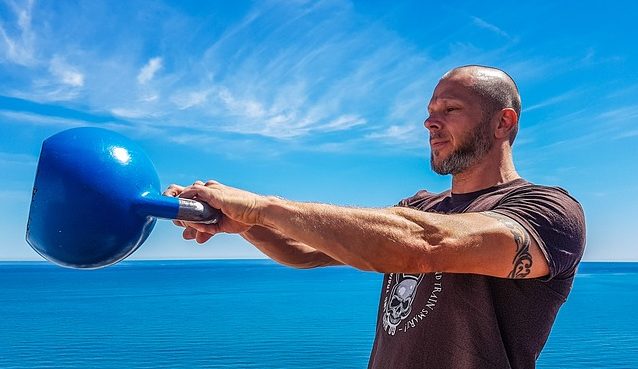
Moreover, strength training gives you increased protein synthesis and releases vital hormones such as IGF-1, growth hormones and testosterone, all of which definitely help in your preferred discipline or sports.
Interestingly enough, strength training is more of an afterthought for some instead of being placed high above on an athlete’s ‘to-do’ list. The reason for this is because they wouldn’t know what they should do in terms of movement, exercise and frequency.
Society now puts an emphasis on ‘fun’ rather than what really works. Exercise is gamified and has become more popular than traditional workouts. Today’s trends are more about putting on a show than building a solid foundation. While there’s nothing wrong with that, I’d still recommend doing strength training because it can help you in so many ways.
The 6 Fundamental Exercises for Athletes
To make it simple, I’ve listed the six core exercises that you need to complete for your strength training routine. They are the following:
- Lunge
- Pull
- Push
- Carry
- Swing
- Squat
Now, did you know that these six seemingly easy exercises beat out calf raises, triceps pushdowns, ball slams, burpees and bicep curls in terms of efficiency and results? They’re considered fundamental strength training exercises because they allow you to torch body fat, build muscle, improve your strength and make you a better overall athlete.
While I can write up dozens of complex routines for athletes, some of which are convoluted to the point that they become unrealistic, it’s best to get down to the basics and just do these six exercises. What’s good about these 6 exercises for athletes is that they work for yogis, tennis buffs, swimmers, cyclists, runners and sports athletes of all ages.
Set aside two 30-minute windows per week and you’ll be able to improve in your discipline and lessen the risks of becoming injured.
The Workouts
Weights, swings and squats are all very good options to burn fat and build long-lasting muscle. If you want to combine them into a single workout, the better- you’ll be sure to experience a transformation and a stronger physique in no time at all!
Let’s take a look and see why carry, swing and squat combos are one of the best exercises you can do to put on muscle, build strength and lose stubborn fat.
Goblet Squat – Dan John, legendary strength coach brought the goblet squat mainstream. It’s an exercise that’s normally paired up with the front and back squats with a barbell. Athletes who want to do lower bodywork will definitely want this in their repertoire, but take heed- you will need a longer recovery time on the heavy squats. Other than that, you also get a boost of hip mobility, something that will come in handy in any sport. Last but not least, they give your quads and joint a good exercise.
Kettlebell Swing – It’s an awesome exercise for making your entire backside strong and works as an excellent partner for the Goblet Squat. When performed at higher reps they can also melt fat in the process. Explosive power can be gained via the ballistic motion of the exercise. All in all, KBS is a solid choice for when you need extra power, endurance and muscle.
Offset Kettlebell Squat – Works the core and balances the body.
Double Kettlebell Front Squat – The most difficult of the three but the most rewarding. You’ll need your entire focus and muscle coordination to carry out this exercise.
Only try the Double Kettlebell Front Squat if you’re familiar and find it easy to do kettlebell swings.
Loaded Carries – This exercise works your core, arms and grip. More importantly, with enough training, you’ll be able to put out immense physical force for a longer time. Carries provide a bridge between strength capacity and being physically strong. Be warned though, that it’s more difficult in practice than it is in paper. Various weights of different shapes carried different ways, e.g., the suitcase carry, farmer’s carry, rack position and over the head will make you exercise core and upper body muscles you never knew you had.
Related: Farmer’s Carries for Muscle and Strength
The Squat, Swing and Carry Workouts
There are three combos you can try out to hit every checkpoint and major muscle group in a variety of ways.
To start, you can do 5 rounds of the following recommended circuits. The goal is to NOT put the kettlebell on the ground until you reach the number of reps for each movement and circuit. Rest is allowed for one to two minutes between sets.
Foundational:
Five Goblet Squats
Fifteen Kettlebell Swings
A 40-Meter Goblet Hold Carry
Symmetry:
Five Offset Kettlebell Squats on Both Sides
Fifteen Kettlebell Swings per Arm
A 40-Meter Suitcase Carry on Each Arm
Advanced:
Five Double Kettlebell Front Squats
Fifteen Double Kettlebell Swings
A 40-Meter Farmer’s Carry
When To Do Them
It’s recommended that you complete the exercises once or twice per week. For beginners, it’s best to start with a complex workout once a week. Once you get the hang of it, combine the movement with a lunge, pull or push and stop when you reach the 30-minute mark.
Related: The 6 Best Kettlebell Exercises for Athletes
Push, Pull and Lunge
While it’s true that the carry, swing and squat combos alone can bring great improvement, adding the push, pull and lunge workout can provide a welcome change and work your upper body strength at the same time. By doing this you’re hitting all the vital muscle points to become a better athlete.
Push
Pushing objects in front of you horizontally is done on an everyday basis, as is pushing vertically above our heads. These two movements constitute the push exercise, which provides plenty of movement and training for your triceps, chest and shoulders. Do them enough and you won’t need iso reps such as shoulder raises, triceps work and the like. In the Push section, we’ll be focusing on the one-arm kettlebell press, the dumbbell bench press and the traditional push-up.
Pull
Pulling objects horizontally and vertically is done every day too. This movement works the back muscles, straightens your posture and keeps your shoulders primed. In the Pull section, we’ll be focusing on inverted TRX rows, one-arm dumbbell rows and chin-ups.
Lunge
All athletes in training will have done a lunge at one point in their lives. It’s a popular exercise in different circles, e.g., boot campers and fitness folks use them in almost every session.
Doing a lunge is complex and is actually more difficult than it looks. Some people may find that it ranks up there in the intermediate or advanced type of exercise. The funny thing is, a few hardcore lifters put the lunge in the ‘soft exercise’ department and underestimate the motion as a whole.
So, what is the lunge and where does it fit in? It’s actually a moderate yet fundamental motion that does a lot of good things for an athlete. You gain a ton of muscles, work your knees and core and add hip stability in the process.
The rule of thumb is that the more muscle group you include in a single movement the higher the muscle gain and fat loss will be. In the Lunge section, we’ll be focusing on the lateral lunge, walking lunge and reverse lunge.
The Push, Pull and Lunge Workouts
Three different sequences will be assigned to this section. Do them three to five rounds per session and depending on your conditioning and level. As with the Carry, Swing and Squat workout, choose only one circuit.
Foundational:
Ten TRX rows
Ten Push-Ups
Ten Reverse Lunges per leg
I recommend adding weights when the reps become too easy.
Symmetry:
Eight One-Arm Dumbbell Bench Presses
Eight One-Arm Dumbbell rows
Eight Lateral Lunges
Each set will require 8 reps per side.
Advanced:
Five One-Arm Kettlebell Overhead Presses per arm
Five Pull-Ups or Chin-Ups
Ten Walking Lunges per leg
Make Strength Training Your Number 1 Priority
The best thing about strength training is that it doesn’t require a huge time commitment, and you can make do without specialized gym equipment. All the exercises here are effective in their own right.
Follow these 6 fundamental exercises for athletes and you’ll be surprised to see just how much improvement you experience.

Ryan is a former college wrestler and lifelong fitness fanatic with over 25 years in the industry. He’s run half marathons, tackled mud runs, placed in body transformation contests, and coached everything from wrestling to girls’ soccer.
Along the way, he’s tested hundreds of supplements and built a deep well of supplement knowledge. His work has appeared in Muscle & Strength, Testosterone Junkie, The Sport Review, and more. Today, he’s the editor-in-chief of this site, still training hard and helping others reach their goals. Connect with him on LinkedIn below.

